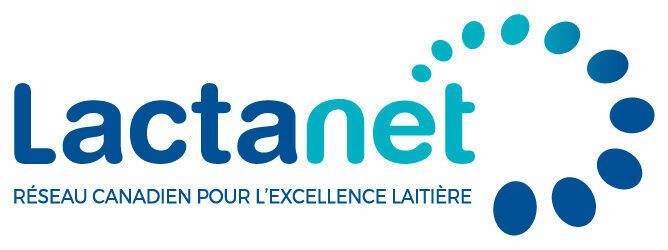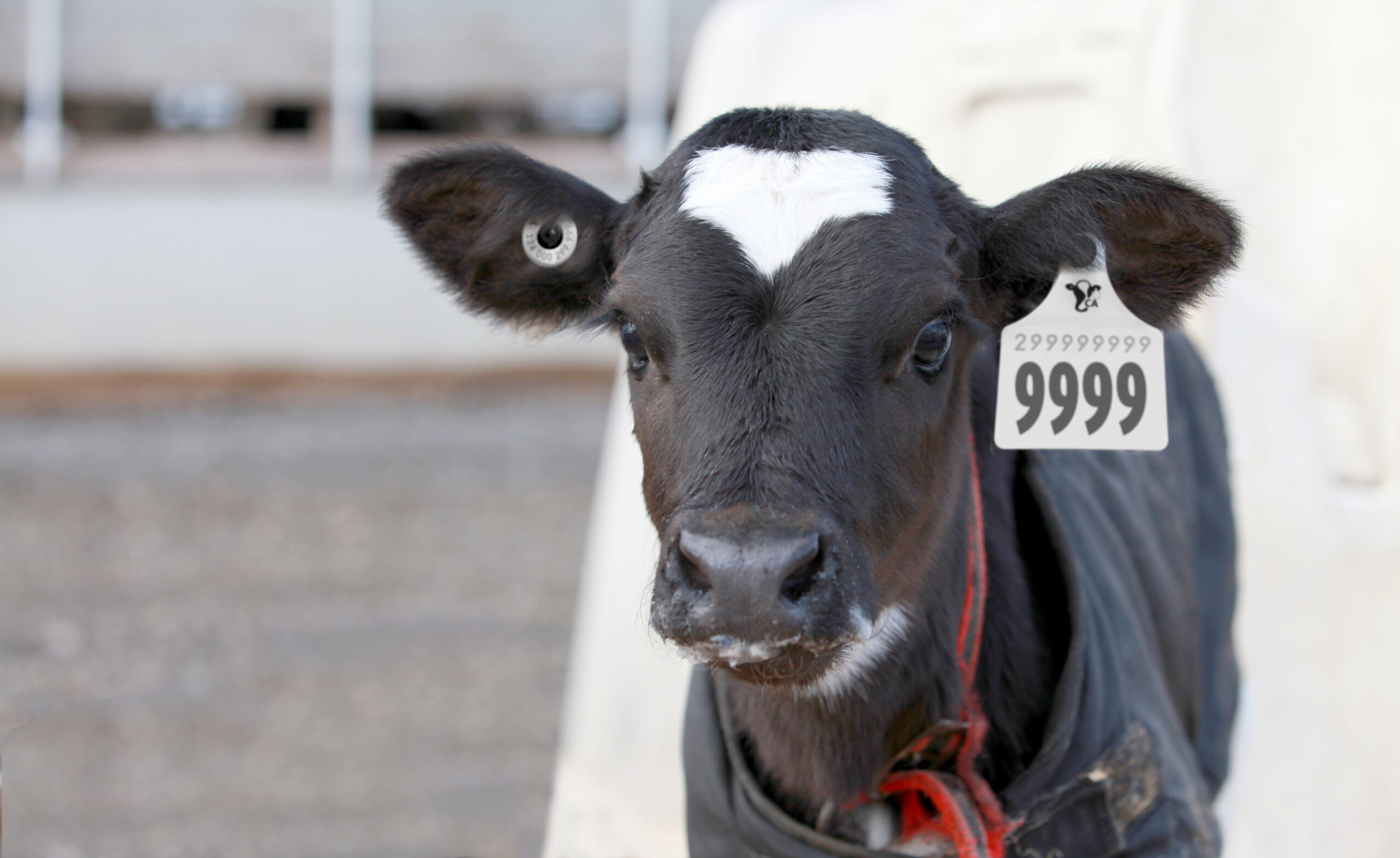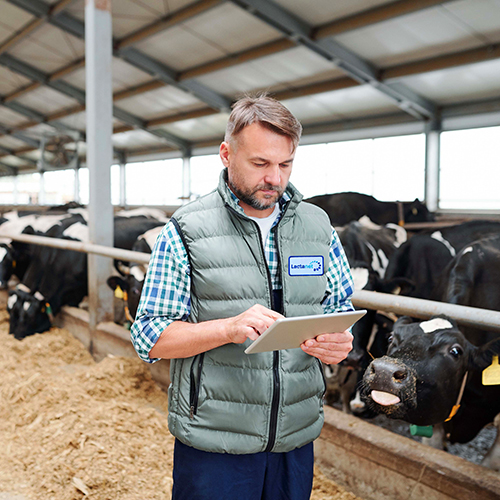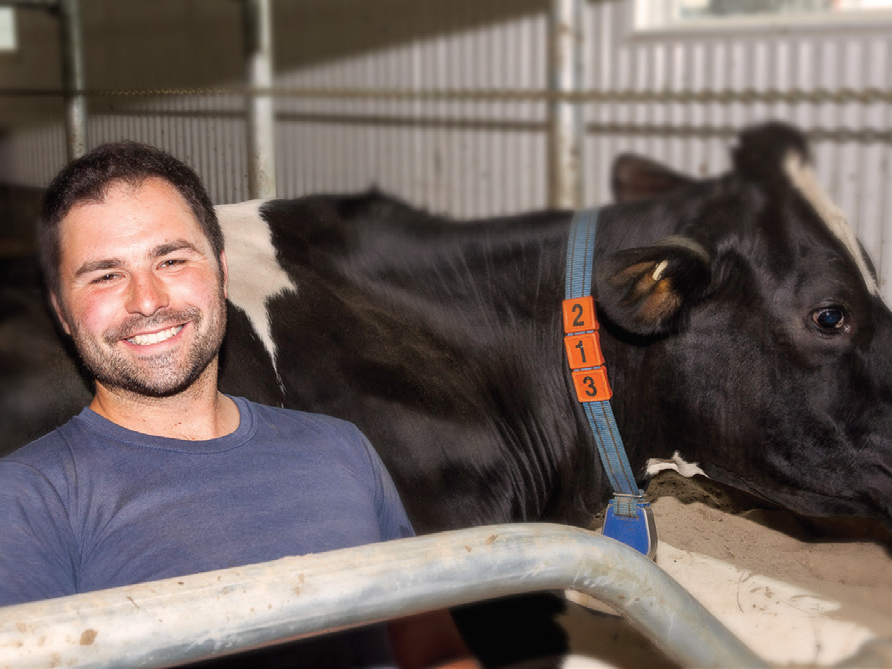A Roadmap for Delivering Genetic Evaluations
- June 19, 2020
In an effort to maximize profitability, producers need to find the optimal balance between the level of genetics and management of their herd. Lactanet provides an array of tools and services to accomplish this objective. For the development and delivery of genetic evaluations, there are several key components, which generally takes years to complete.
After the exploratory research has been completed, usually based on data specifically collected from a small number of dairy herds, the next step in the development of genetic evaluations is the establishment of an ongoing data pipeline. This step is often not visible to producers since it focusses on the movement of data collected on the farm to the centralized database at Lactanet. The information is used for developing management tools as well as genetic evaluation services.
Currently, Lactanet is in the process of assessing how to best collect quality data associated with the incidence of crampiness in dairy cattle breeds in Canada. This will result in better benchmarking and management within each breed/herd and the ultimate goal is to provide genomic evaluations to reduce the incidence of this undesired neurological condition.
Once data collection for a trait has been established, Lactanet geneticists must build the genetic and genomic system required to deliver evaluations on a routine basis. Here, research from preceding years becomes critical and forms the foundation for calculation methods and models to be implemented. Feed efficiency is currently the trait that is at this stage of development with a targeted implementation date of April 2021 for the Holstein breed.
As a routine genetic evaluation system has been successfully developed and an implementation date is established, the next stage is communication and extension. Lactanet is at this point for new genetic evaluations of fertility disorders, to be launched in December 2020 for the Holstein, Ayrshire and Jersey breeds. These evaluations will allow producers to select sires with the goal of reducing the incidence of cystic ovaries, metritis and retained placenta in their herd.
Over the last several years, Lactanet has introduced new genetic evaluations for a portfolio of traits that have an economic impact on herd profitability. The most recent of these was the Hoof Health index for the Holstein breed in December 2019, which is based on criteria for eight hoof lesions. The same data collected from dairy farms across the country is also used by Lactanet for offering its new Herd Health Report as a management tool. In earlier years, genetic evaluations were introduced to help producers genetically select for resistance to specific diseases, namely clinical mastitis, ketosis and displaced abomasum. Today, by assessing producer needs, Lactanet identifies the various traits that offer opportunities for future genetic improvement. To be successful and deliver innovative herd management and genetic services, the roadmap from research to extension and implementation will continue under the Lactanet vision.
Table 1. Roadmap of Genetic Evaluation Delivery for the Most Recent and Expected Traits

*Traits available for the Holstein breed only. All other traits are only available for Holstein, Ayrshire and Jersey.
This table presents the roadmap of genetic evaluations for traits delivered in most years as well as those on the horizon. Regardless of the trait, the first step is research based on a concept relative to a trait that may be important to dairy farmers. Lactanet is active and progressive in this area through our Innovation and Development team, as well as by funding research conducted by scientists in universities across Canada. Two traits of high priority for future genetic evaluations are calf health and overall resiliency of the dairy cow in different environments and climates.











